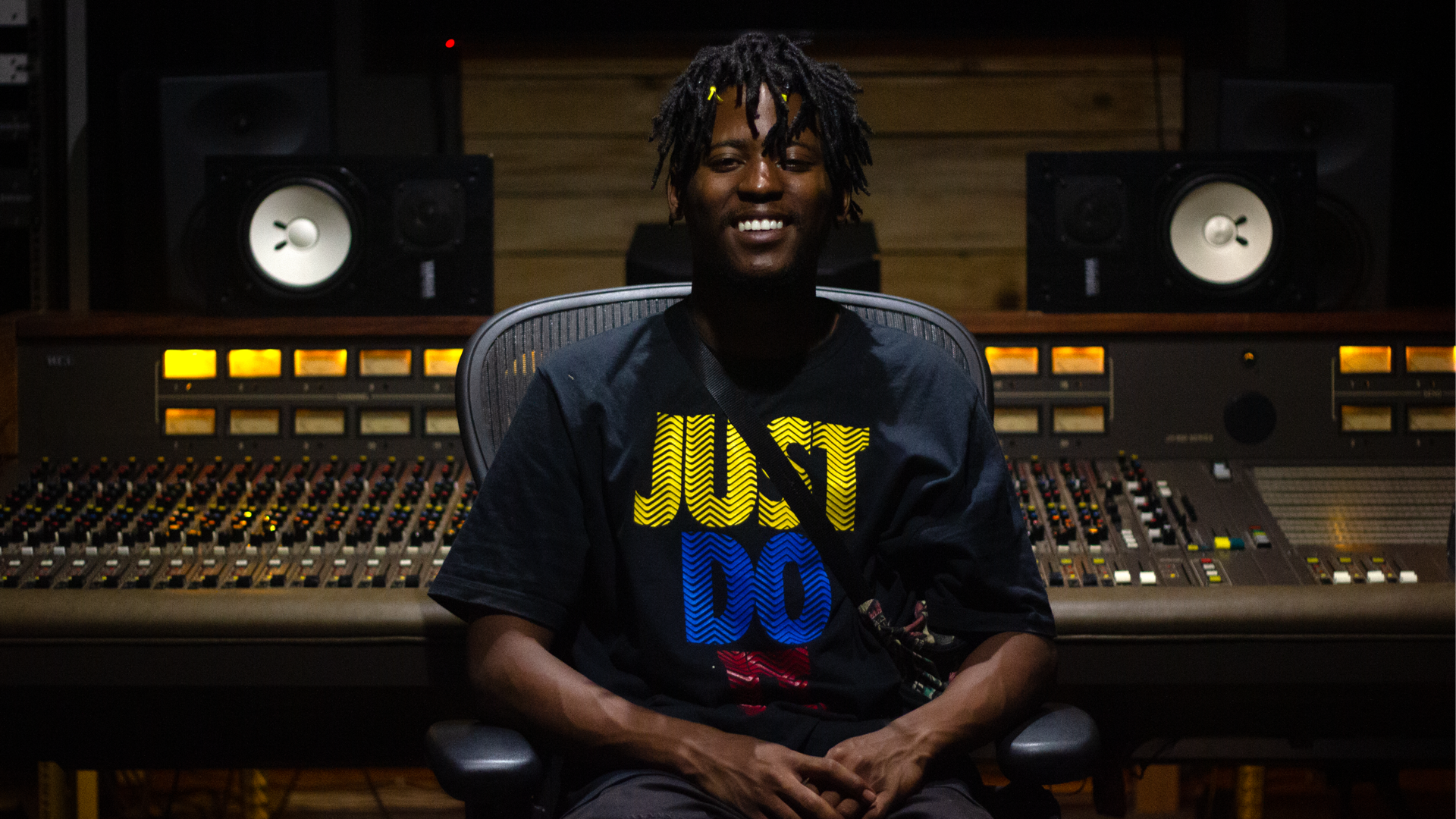3 Tips For a Richer Music Listening Experience
When it comes to music, we’re all trying to catch some sort of feeling. But with so many factors going into your overall experience, is it possible to tweak a few variables in order to make the listening experience richer? Chaylon thinks so.
Meet Chaylon J Mccarthy
 Chaylon completed the Advanced Program with us in 2020. Since then he has worked on numerous recording sessions and projects and taught logic classes. Here are his 3 tips for a richer music listening experience.
Chaylon completed the Advanced Program with us in 2020. Since then he has worked on numerous recording sessions and projects and taught logic classes. Here are his 3 tips for a richer music listening experience.
The Golden thread
Music is everywhere, so everywhere that we don’t notice it most of the time. Shopping malls, restaurants and many other social environments wouldn’t carry the vibe that they do without a sonic backdrop of sorts. Music has the intrinsic quality of unifying listeners in a shared space. For some of us, we can’t help but notice the thread that ties us all together; the shift in mood and frequency that music provides.
As communal as music can sometimes be, I believe that at its core, it is deeply personal. Emotions demand to be felt, and music is an expression of emotions. If you listen closely, I believe you can enter the same headspace (for lack of better terms) as the artist when they created the piece. However, not all music is contemplative and some music doesn’t ask to be dissected.
I’ve spent a considerable amount of time, consuming music of all styles, in different scenarios both communal and personal. This, coupled with my musical creation pursuits throughout all that time, moulded and enhanced my musical ear. I would like to share with you 3 tips for better music discovery. Whether you’re listening for enjoyment, education, or any other reason, I’m certain you will find something that’ll inform and hopefully influence your music-listening journey.
1. create a set and setting
Create a space without distractions, and have some speakers or headphones ready (that goes without saying). Sit or lie down comfortably and if you feel like it, close your eyes. Engage your imagination and let the music take you.
2. listen to just the arrangement (ignore the words)
The first few should be dedicated to the instrumental. Try to ignore the lyrics and focus on the parts individually. The background textures, the harmony and the rhythm, the overall depth of the mix etc. I enjoy the first listen as the ear candy seems to stick out. Make note of little moments and transitions as well.
3. listen again, this time with lyrics in mind
By now the music should be familiar to you, and you should begin listening to the lyrics and reading them. This begins to cement the ideas and intentions the artist had (the artist may even subvert or mask those intentions) and connections start to be made. The instrumental informs the lyrics, and the lyrics complement the music.
By the time you’ve done all three steps, the music would’ve hopefully grown on you. Now, as I’ve said before, not all music is meant to be contemplated but you know what you like, and regardless of your taste may be, active listening will extract more out of the listening experience. Ultimately you decide what you get out of the music, and that’s the best part. As time goes by, the songs and what they may mean to you begin to change, and your taste develops. Time will reveal in hindsight all the fruits of your active listening.
Listen to Chaylon’s music out now and read about his background.For more inspiration on music, head to our past blog ‘What Ignites The Creative Spark?’
If you’d like to learn more about music production and sound engineering, have a look at our Advanced Programme in Music Production and Sound Engineering.




